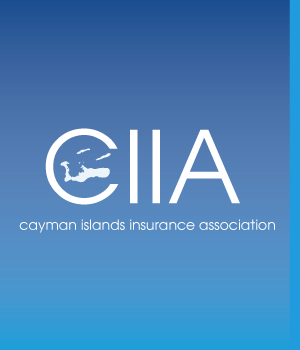Usually known as an endorsement, a rider is an amendment to the policy which is used to add or delete coverage.
Archives
SPECIAL PERILS
An optional coverage designed to provide protection for your property or vehicle in respect of loss or damage resulting from incidents not specifically stated in the policy. A few examples of the types of losses Insured under the ‘special perils’ extension are: flood, earthquake, malicious damage, bursting or overflowing of water tanks, apparatus and pipes, riot and civil commotion.
TRANSFER OF RISK
Shifting all or part of a risk to another party. Insurance is the most common method of risk transfer, but other devices, such as hold harmless agreements, also transfer risk. One of the four major risk management techniques. (See ‘Risk Management’).
RIOT
A circumstance where twelve or more persons use or threaten violence for some common purpose.
SPONTANEOUS COMBUSTION
Self-ignition of combustible material through chemical action (as oxidation) of its constituents. In marine shipments it may occur when cargo such as soft coal or lignite is loaded in a wet condition.
TRANSHIPMENT
Taking goods off of one vessel and loading them onto another.
RISK
(1) A chance of loss; or (2) A person or thing Insured. (Impaired or substandard risk: An applicant whose physical condition or moral habits do not meet the standard on which the rate is based).
SPREADING THE RISK
One of the basic principles of insurance where an Insurer seeks to limit his exposure on a particular location. He may do so by: (1) Accepting only part of a risk offered to him, thereby spreading the risk over a number of Insurers; and (2) Seeking to reinsure a portion of the line he has accepted with other Insurers.
TRANSIT CLAUSE
A clause in marine and aviation cargo policies providing that the cover attaches from the departure from the place of storage at a place named in the policy, until the cargo arrives at a place of storage at a named destination, or at some alternative place.
RISK MANAGEMENT
Management of the pure risks to which a Company might be subject. It involves analyzing all exposures for the possibility of loss, and determining how to handle these exposures through such practices as avoiding the risk, retaining the risk, reducing the risk, or transferring the risk, usually by insurance.


